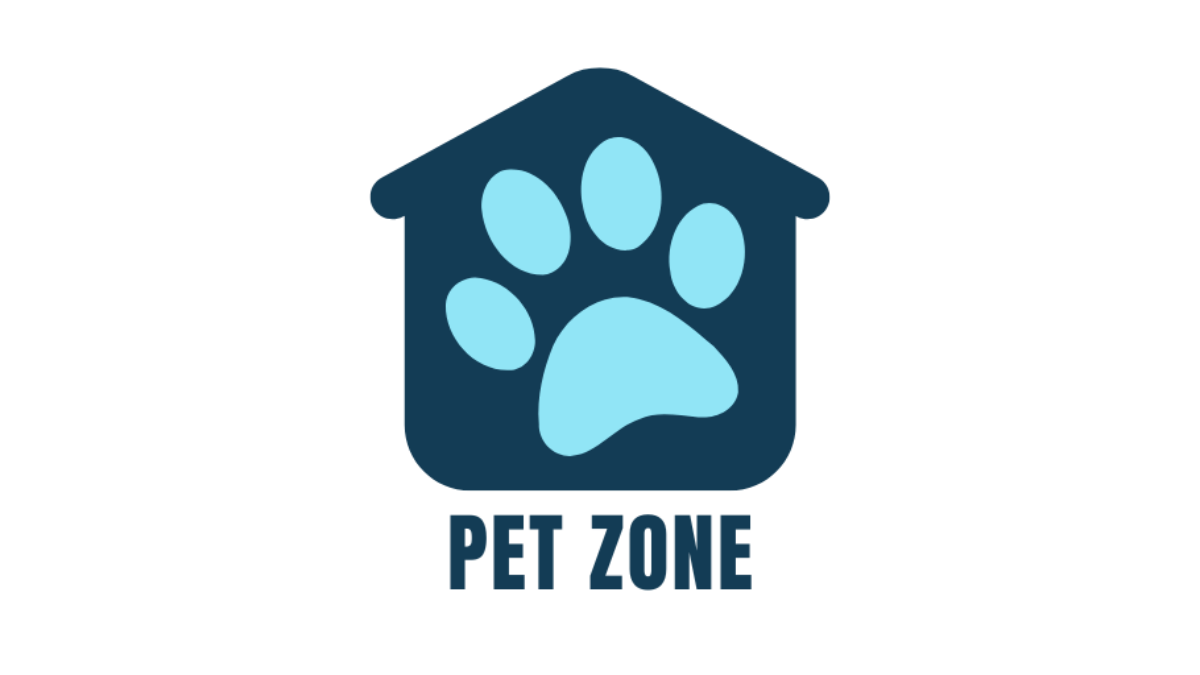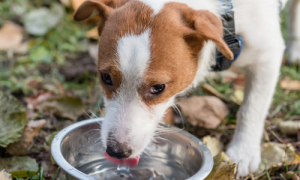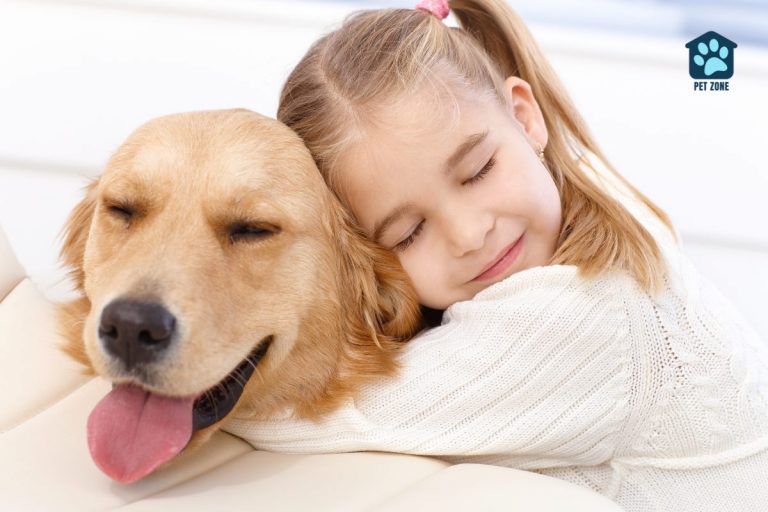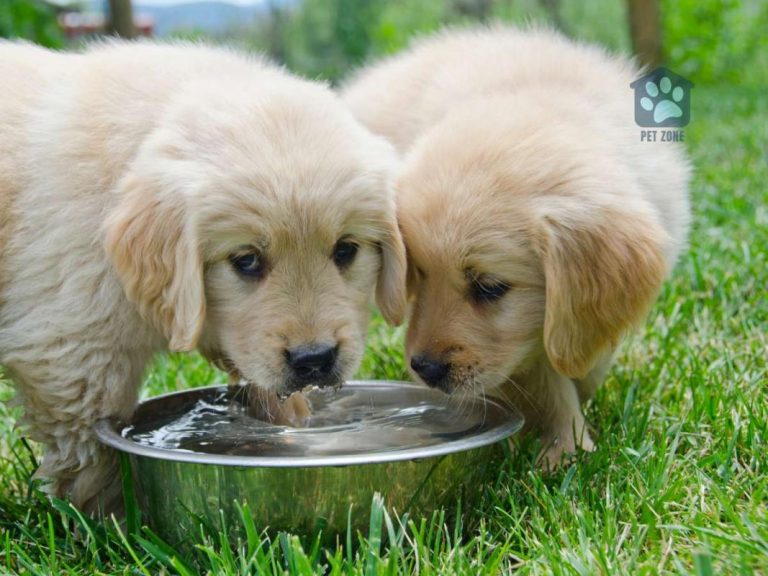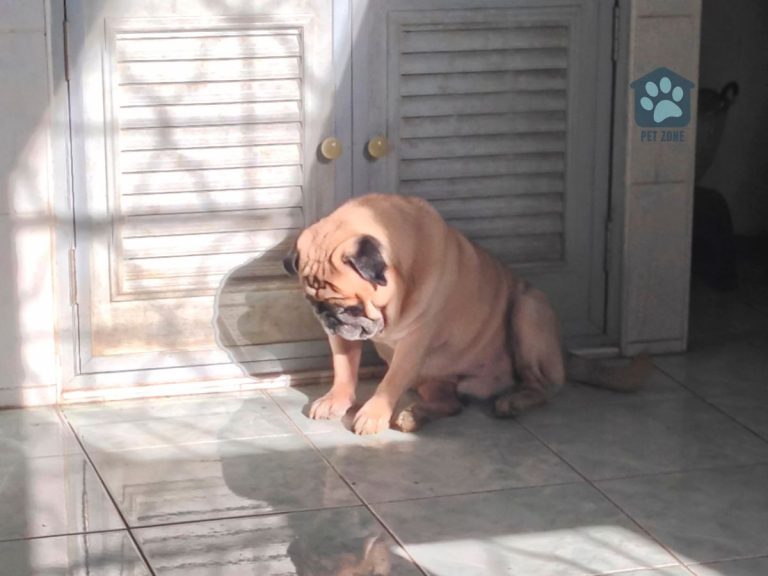Have you ever wondered about your dog’s favorite color? Are they able to see and appreciate the vibrant hues of the world around them?
If they have a favorite color, it’s most likely a shade of blue or yellow–but why?
In this article, we’ll dive deep into the canine color spectrum, exploring how dogs perceive colors and whether they have preferences. We’ll also discuss how color influences dog toys and products, and share some fun, color-themed activities you can enjoy with your furry friend.
Dog Vision: An overview
The canine color spectrum
Contrary to popular belief, dogs are not completely colorblind. They do perceive colors, albeit in a more limited range than humans. Dogs have dichromatic vision, which means they see the world in two primary colors: blue and yellow.
The biology of dogs’ eyes
Dogs have two types of photoreceptor cells in their eyes: rods and cones. Rods are responsible for detecting light and motion, while cones are responsible for distinguishing colors. Dogs have fewer cone cells than humans, which explains their limited color vision.
How dogs perceive color
Comparing dogs’ color vision to humans
While humans have trichromatic vision (seeing red, blue, and green), dogs’ dichromatic vision means they can’t see the full spectrum of colors that we can. They’re unable to distinguish between red, green, and certain shades of orange, making those colors appear as shades of gray or brown.
Shades and hues dogs can see
Dogs can detect shades of blue and yellow, as well as some shades of purple and gray. They can also differentiate between various shades of these colors, although their color vision is not as sharp as that of humans.
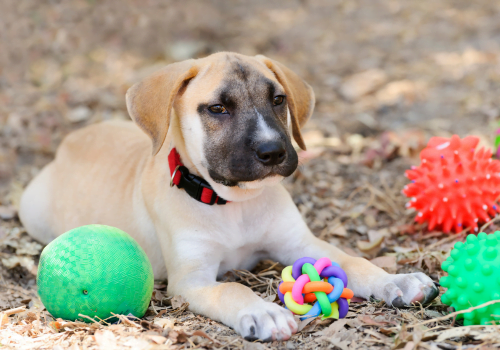
Favorite colors among dogs
The role of individual preferences
Just like humans, dogs may have individual preferences when it comes to colors. However, due to their limited color vision, these preferences may be influenced by other factors such as the brightness and contrast of the colors.
Factors influencing favorite colors
A dog’s favorite color may be influenced by factors such as breed, age, and environment. For example, dogs with a strong prey drive may be more attracted to bright, contrasting colors that resemble the natural colors of their prey.
How color influences dog toys and products
Choosing the right colors for toys
When selecting toys for your dog, it’s important to consider their color vision. Go for toys in shades of blue, yellow, or a combination of both, as these colors are more visible and appealing to dogs. Avoid red, green, and orange toys, as they may blend in with the environment and be harder for your dog to find.
Popular color options for dog products
Manufacturers of dog products often use colors that are appealing to both dogs and their owners. Blue and yellow hues are common, as well as high-contrast patterns that catch a dog’s eye. When shopping for dog products, consider choosing items that incorporate these colors for increased visibility and engagement.
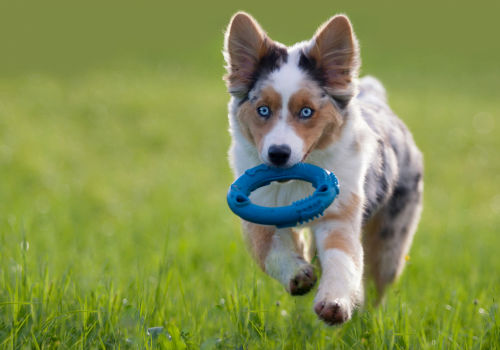
Harnessing the power of color in training
Using color to improve training sessions
Color can be a powerful tool in dog training. By using brightly colored training aids, such as blue or yellow targets, you can help your dog focus on the task at hand and improve their success rate.
Examples of color-based training techniques
Some trainers use colored markers or flags to help dogs learn boundaries or specific behaviors. For example, a blue flag could indicate “sit,” while a yellow flag signals “stay.” This visual reinforcement, combined with verbal commands and rewards, can help dogs learn more quickly and effectively.
Fun color-related activities for dogs
Color-based games and puzzles
Interactive games and puzzles that incorporate color can provide mental stimulation for your dog. Look for toys that challenge your dog to identify and retrieve specific colors or patterns, such as a treat-dispensing puzzle with blue and yellow compartments.
DIY color-themed dog toys
Get creative and make your own color-themed dog toys! You could create a blue and yellow braided tug toy, or a treat-filled toy with alternating blue and yellow compartments. The options are endless, and your dog will appreciate the extra effort.
Conclusion
Dogs do see and appreciate color, although their vision is limited to shades of blue and yellow. By understanding the canine color spectrum, you can choose toys, products, and training aids that are both visually appealing and engaging for your dog. So, next time you’re shopping for your furry friend, keep their color preferences in mind and let the fun begin!
FAQs
- Can dogs see in color? Yes, dogs can see in color, but their color vision is limited compared to humans. They see the world primarily in shades of blue and yellow.
- What colors are most visible to dogs? Blue and yellow are the most visible colors for dogs. They can also see some shades of purple and gray.
- Can dogs have a favorite color? While it’s difficult to determine if dogs have a true favorite color, individual preferences may be influenced by factors like brightness, contrast, and the dog’s environment.
- How can I use color to improve my dog’s training? Use brightly colored training aids, such as blue or yellow targets, to help your dog focus and improve their success rate. You can also incorporate color-based techniques, like colored flags for specific commands.
- What are some fun color-related activities I can do with my dog? Try color-based games and puzzles, or get creative with DIY color-themed dog toys. These activities can provide mental stimulation and engage your dog’s natural curiosity.
